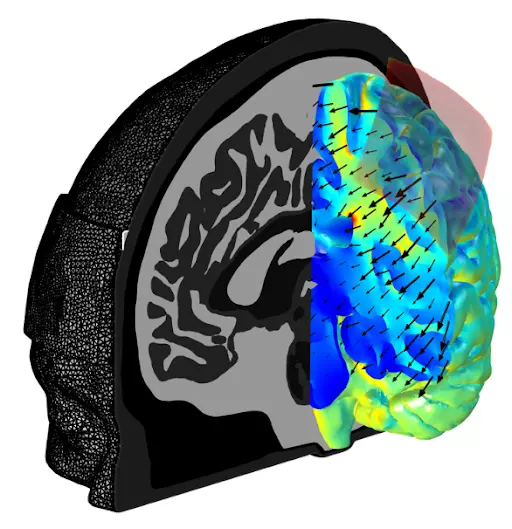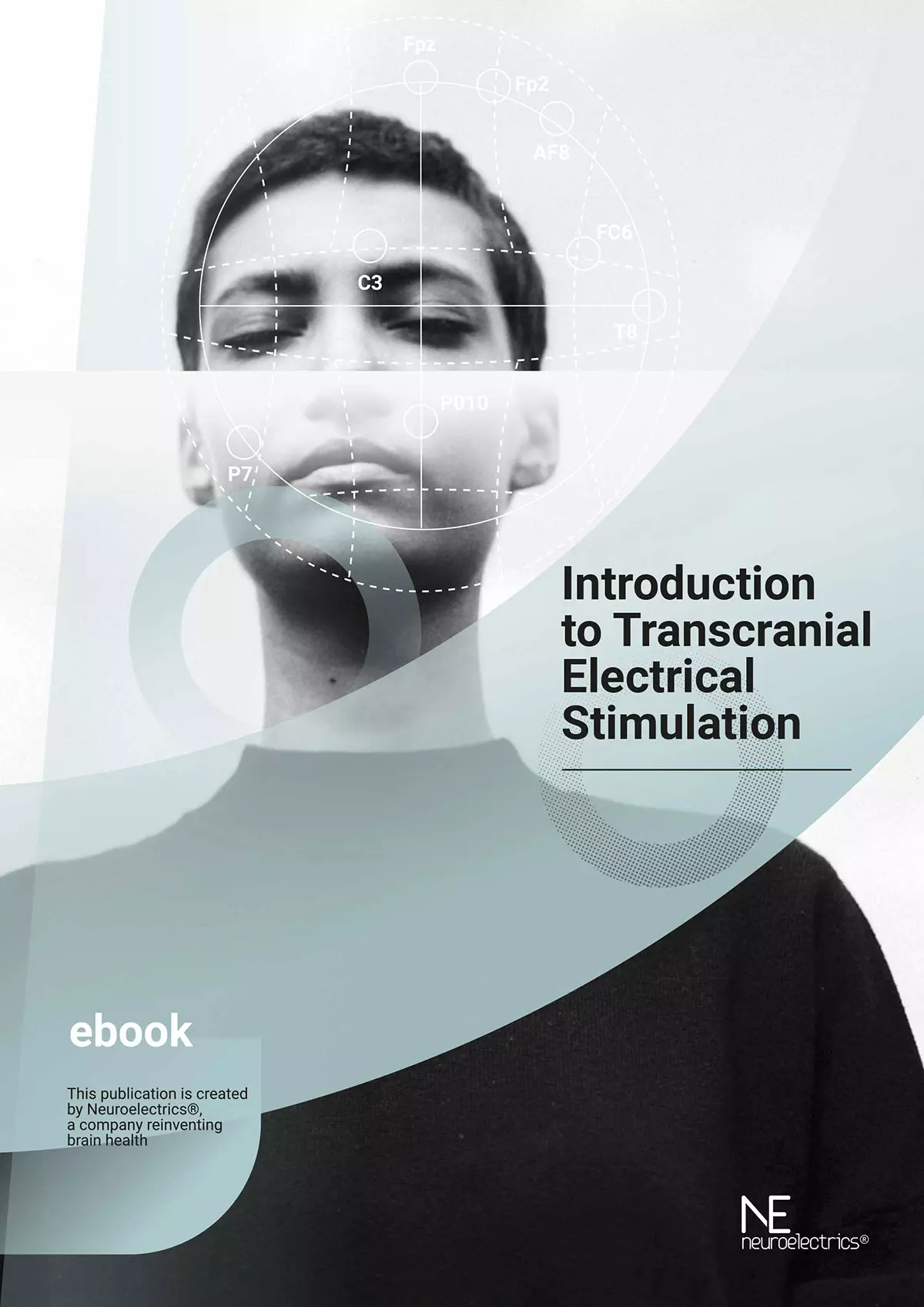Brain Stimulation
Brain Stimulation (tES)
What is transcranial electrical stimulation?
Transcranial elecrical stimulation (tES, also known as transcranial current stimulation, tCS) is a safe, tolerable noninvasive brain stimulation technique. By passing weak electrical currents through the brain using two or more electrodes on the scalp, tES can alter brain function. Interest on its use has increased in recent decades and it is now considered a promising therapeutic tool in conditions ranging from psychiatric diseases to chronic neuropathic pain.
tES is similar to transcranial magnetic stimulation (TMS) – both operate through the generation of electric fields in the brain. Unlike TMS, which creates quite strong and brief electric field pulses that actually initiate neuron firing (action potentials), tES induces weak electric fields that gently modify neuronal oscillations during relatively long application time periods (20 minutes or more).
tES comprises a number of different techniques: transcranial direct current stimulation (tDCS), alternating current stimulation (tACS) and random noise stimulation (tRNS). More general forms are possible, but the common elements are weak currents (typically below 2 mA) with power below ~100 Hz (i.e., relatively low frequencies).
Why is it useful?
A weak electric field can shift the neuronal membrane operating point in a way that will make the cell more or less excitable, or, equivalently, more or less likely to fire given some synaptic inputs. This means that an electric field can immediately alter the way that the exposed part of the brain processes information.
Brain circuits have memory: the immediate changes induced by the electric field leave an imprint on the brain’s web, altering the way some neurons wire to each other. This is part of a natural process called plasticity.
Technology
Although originally implemented in bipolar montages with large sponges, systems using multiple small electrodes allow for controlled, focal, or complex stimulation protocols. Wireless, hybrid multichannel solutions enable flexible protocols and the simultaneous recording of EEG signals and stimulation using the same system – even at home.
As neuroscience moves from a correlation-based science to a model-driven one, computational models (physics of electric fields and their interaction with neuronal networks) are poised to play a key role in the development of mechanistic understanding and computational optimization strategies for brain stimulation.


